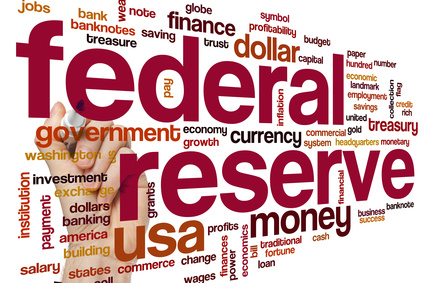Here we are again in front of another FOMC announcement. Even though several Fed officials have said (previously) that October was a “live” meeting. It’s about as live as a zombie. OK, so it’s not the best analogy, but it’s also Halloween week…I had to use it. The December FOMC on the other hand, is the subject of debate as to the onset of “normalization”.
The title of my July 8, 2015 TraderPlanet post was, Fed Won’t Hike Rates In 2015: Here’s why. The next week, on July 15, I suggested there was a 70% chance that the US ten year treasury yield had peaked for the year. It reached 245.5 on July 13, since then it has seesawed lower, and as of Tuesday afternoon it was just 2.02%.
US growth is not accelerating and is in fact, “going the wrong way.” The Atlanta Fed’s GDP Now forecast was revised 1/10th lower for Q3 on Tuesday, to just 0.8%. China is still struggling, as reflected by the PBoC decision to ease last week. The ECB’s Draghi also indicated increased monetary accommodation. This week, December Crude Oil (CLZ5) made a new low for the past two months, trading as low as 42.58 Tuesday, having been over $50/bbl on October 9. The entire world is beset by sluggish growth, and easing actions by other Central Banks tend to strengthen the dollar, further restraining inflationary impulses in the US.
I don’t really recall such a wide range of opinions from market professionals on the possibility of a Fed hike for December. For example, after China’s ease a trader cited by Bloomberg opined that the ease would make China much less likely to be a source of volatility for US policy, thereby paving the way for the Fed to hike. On the same morning, the Financial Times and Wall Street Journal both suggested that the ECB and PBoC moves made it less likely for the Fed to tighten this year. A survey of major banks is likewise dispersed. For example, Goldman puts the odds for a hike in December at 60%, but adds the caveat that their level of confidence isn’t high. Clearly the employment data supports the case for a Fed hike. The fact that inflation is well below the Fed’s 2% target doesn’t. The deciding factor could be “financial stability”, the idea that low rates encourages behavior that creates future problems. For example, record corporate debt has been issued to buy back shares, degrading balance sheets. It’s fine if rates stay low and revenues are steady, but changes at the margin can have an outsized negative impact. The Fed could easily make the case that it’s better to hike now, and give a warning shot across the bow, alerting financial agents against engaging in risky practices. But it won’t. The will to face down angry politicians if the stock market trades lower just isn’t there.
Wait until next year.




